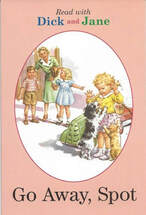
From the 1930s through the 1960s, Dick and Jane taught millions of American first-graders to read by using few words and lots of repetition.
Run, Spot.
Run, run, run.
Oh, oh, oh.
Funny, funny Spot.
The long-running series featured a stereotypical middle-class white family where the sole breadwinner dad was always pictured with a dress shirt and tie, and homemaker mom wore dresses and high heels as she cooked and cleaned house.
In the 1960s, a more liberating view of men helping with household chores, women working outside the home, and multiracial neighborhoods introduced a new kind of learning model with educational shows on television and updated storybooks focusing on phonics instead of repeating the same words over and over.
Today, we laugh while reading Dick and Jane. Yet, the series did serve as a vast improvement from the preceding generation’s McGuffey reading primers that stressed religious and patriotic values over teaching children how to read.
Surprisingly, educational literature written to train children’s impressionable young minds dates back to the seventeenth century with books geared to teach letters and words and improve “a child’s moral and spiritual life.”
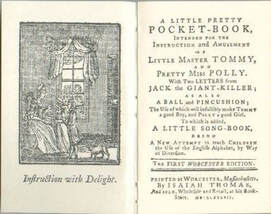
Of course, there have always been folk-tales, stories, and oral traditions relayed to eager listeners over the millennia. However, I’m talking about original tales explicitly penned to entertain kids.
We have John Locke, an English philosopher, to thank for openly expressing the liberal notion that children should enjoy reading. In his Thoughts on Education (1691), Locke suggests that when a child begins to read, an easy, pleasant book, with pictures if possible, should be put into his hands.
Influenced by this modern way of thinking, John Newbery published A Little Pretty Pocket-Book, in 1744. This was the first book distributed solely for children’s reading pleasure.
Since then, the tide has turned to steer more towards the enjoyable aspect of children’s literature. Authors during the nineteenth century introduced illustrated children’s books integrating words and pictures to tell the story. The popularity of picture books has compounded substantially ever since, and today with computer-generated graphics, the process of reproducing full-color artwork is widely available to any author wishing to create a picture book.
We can’t forget that older children were also included in the race to provide reading material to a younger audience. Jack London, Mark Twain, Robert Louis Stevenson, and Hans Christian Andersen directed some of their work to adolescent readers.
Also, in the mid-1900s, non-white cultures began to be honestly portrayed rather than being stereotyped as inferior races. The tide continued to turn as up-and-coming authors from different cultures enhanced the subject matter in children’s and teen’s books, helping kids understand themselves, their world, and gain insights into similarities and differences among people.
Today books are targeted specifically for infants, toddlers, preschoolers, elementary, middle school, teens, and young adults covering a wide spectrum of subject matter. Given the opportunity to interact with literature from birth on up gives young minds a better chance to learn and succeed in school as well as in life.
What a fascinating history children’s books have chronicled through the centuries. The best part is the role we’ve played during the last few generations – both as readers and writers – to influence what parents and kids have to choose from.
I guess Dick and Jane really did start the ball rolling converting us all into book lovers. What do you think? What was the first book you remember having at home when you were a kid?
Comment and tell us what you think.
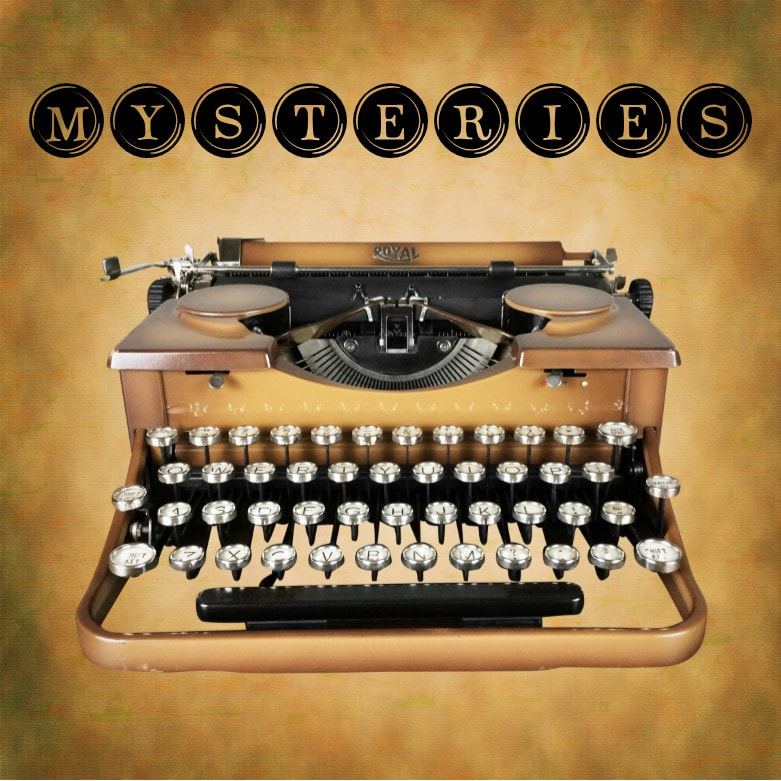
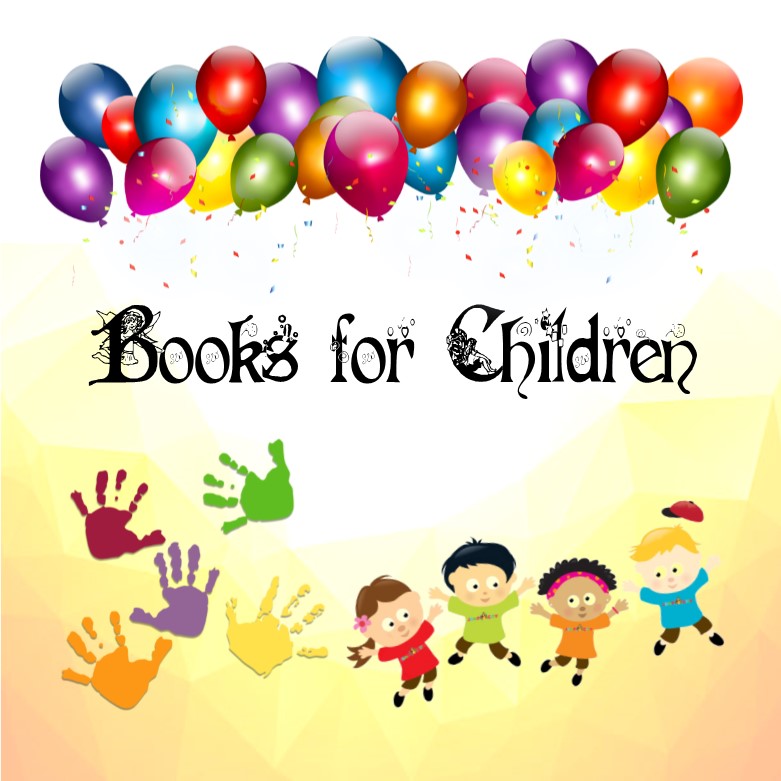
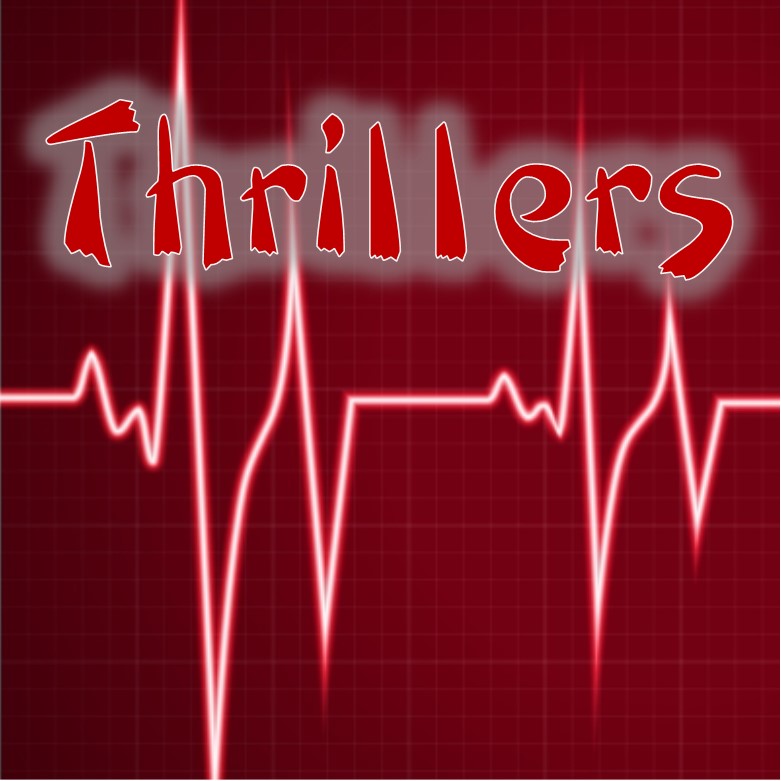
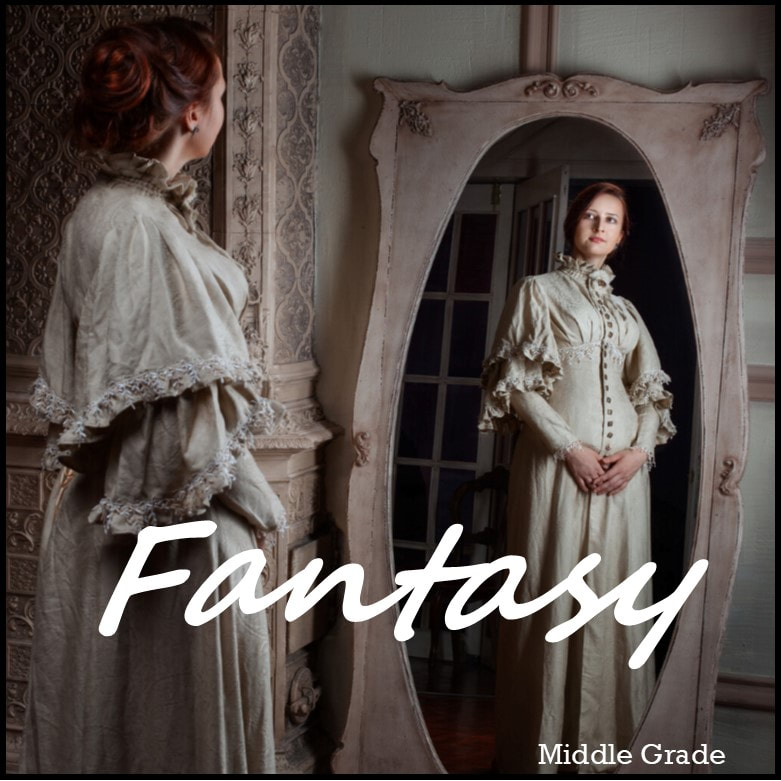


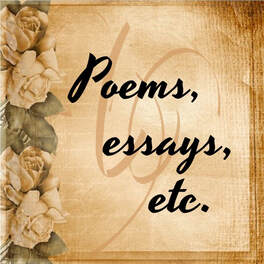
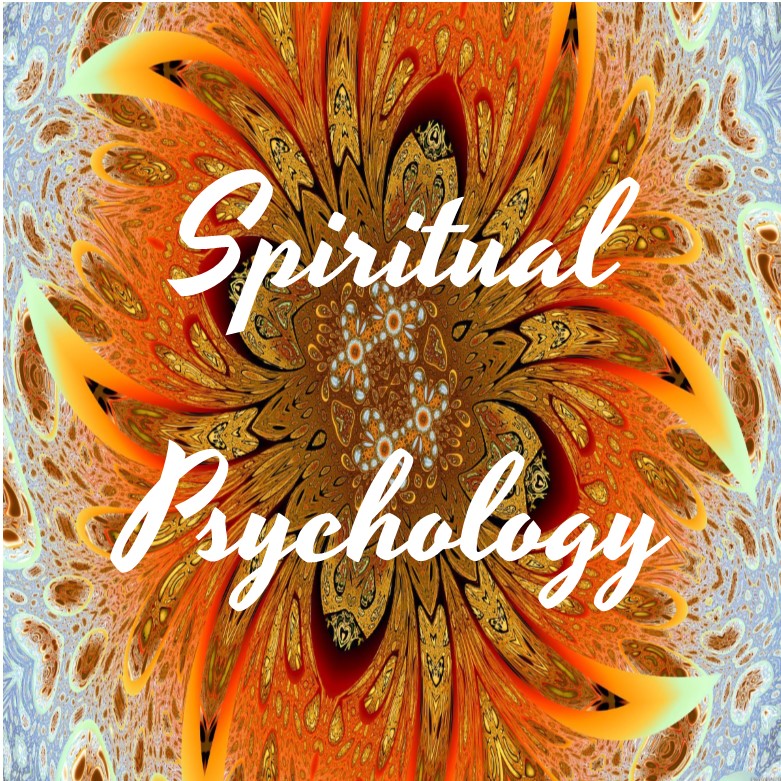
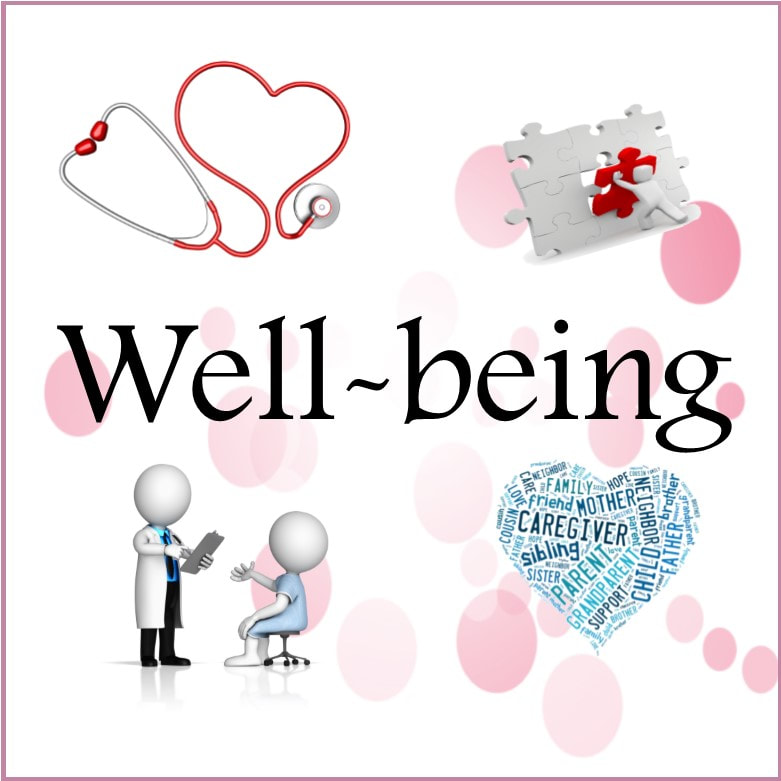
 RSS Feed
RSS Feed